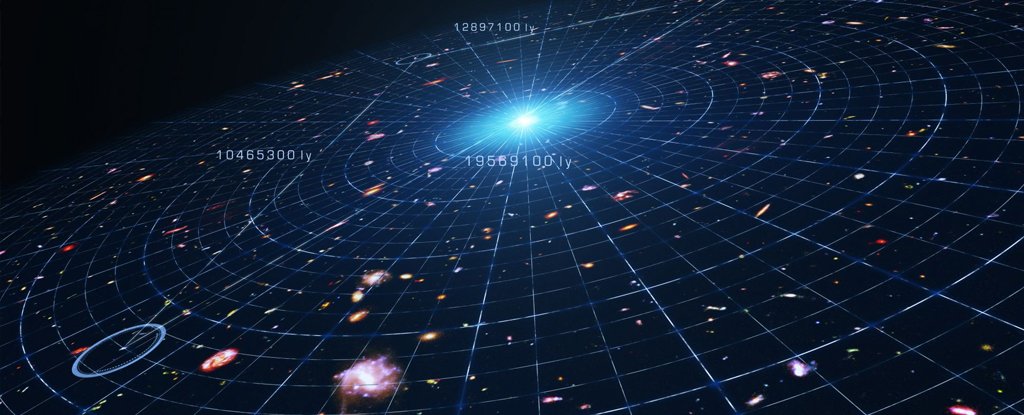
As the first stars and galaxies formed over the next few hundred millions of years, the radiation they emitted ionized this plasma, making the Universe transparent.
Thanks to new research by a team of astronomers from University College London (UCL), a luminous galaxy has been observed that was reionizing the intergalactic medium 13 billion years ago.
Studying galaxies that existed during this early period in the Universe is essential to understanding the origins of the cosmos as well as its subsequent evolution.
"By looking at distant galaxies, we look into the early Universe, as the light has traveled for billions of years before reaching us.
This is fantastic as we can look at what galaxies were like billions of years ago, but it comes with several drawbacks.".
In the case of galaxies that several billion years old, the light has been shifted to the point that it is only visible infrared (particularly the UV light Meyer and his colleagues were looking for).
In order to get a good look at A370p_z1, a luminous galaxy 13 billion light-years away, the team consulted Using data from the Hubble Frontier Fields program – which astronomers are still analyzing.
This is extremely rare to find in early galaxies, and this is only the fourth galaxy that we know of to have a double Lyman-alpha line in the first billion years.
In the other, it was an "oligarchy" of luminous galaxies with a much larger percentage (50 percent or more) of escaping photons.
"Discovering a galaxy with nearly 100 percent escape was really nice because it confirms what astrophysicists suspected: early galaxies were very different from nowadays objects, and leaking energetic photons much more efficiently," said Meyer.
However, we now have strong evidence that reionization was complete 800 million years after the Big Bang, and that it was likely that a few luminous galaxies were responsible.
This discovery confirms that early galaxies could be extremely efficient at leaking ionizing photons, which is an important hypothesis of our understanding of "cosmic reionization" – the epoch when the intergalactic medium, 13 billion years ago, transitioned from neutral to ionized (e.g. electrons were ripped off hydrogen atoms by these energetic photons).
JWST's mission is limited in time, and that's why discovering these extreme objects now is so important: by knowing which objects are peculiar or extreme in the first billion years of our Universe, we will know what to look at when JWST is finally launched!"
